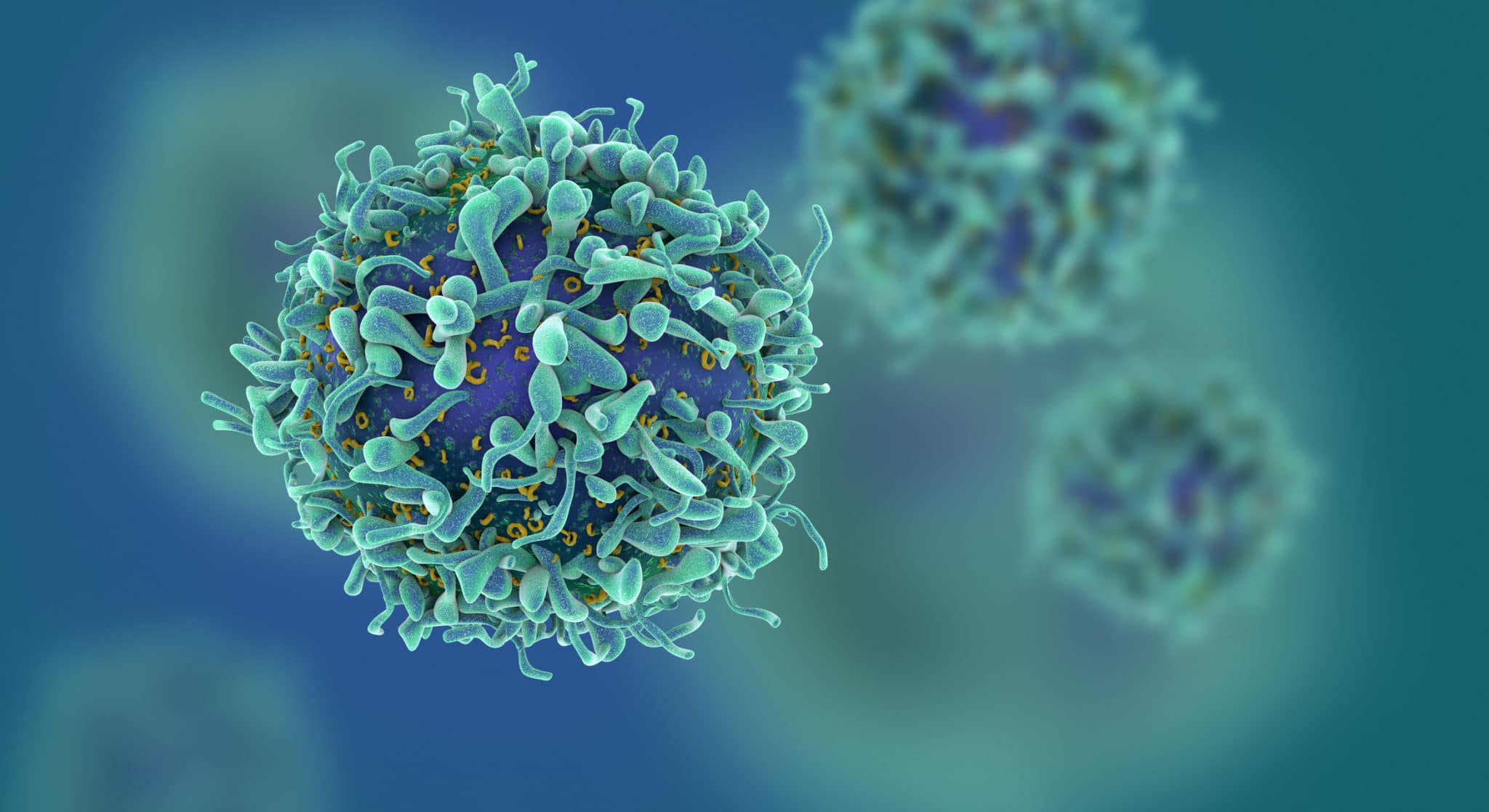Cytotoxic T Cells Role in the Immune System
Updated on Apr 7, 2025 Share
Cytotoxic T Cells
A cytotoxic T cell (CD8+ T cell) is a type of T cell responsible for eliminating substances the immune system identifies as harmful. Cytotoxic T cells play a critical role in limiting infections and bacteria in the body.
Functions of Cytotoxic T Cells
Viruses and other bacteria attack by multiplying and spreading diseases as infected cells. Once a cell is infected, there is no way for antibodies to destroy the infection – this is where cytotoxic T cells come in. Through the process of selection, these cells attach to antigen-bonding receptors which then allows them to monitor and destroy cells that pose a threat to the body. Depending on the selection markers, a cytotoxic T cell will use one of three strategies to combat the infection.

Cytokine Secretion
The first method cytotoxic T cells use to fight infection is the secretion of cytokines. Cytokines are substances that activate other cells. Cytotoxic T cells release two cytokines in particular, TNF-alpha and IFN-gamma, which facilitate the activation of macrophages. The macrophages attack and clean up infected cells and prevent unregulated cell growth such as that of a tumor.
Cytotoxic T Cell Granules
Another way cytotoxic T cells kill target cells is by releasing cytotoxic granules. These granules are sent in the direction of the target cell and contain two proteins that work in tandem to destroy cells from the inside out. The first protein, perforin, creates holes in the membrane of the target cell. This pore is then used as an entry point for granzymes, which cleave the cells internal proteins. The combination of perforin and granzymes ultimately result in the target cell’s apoptosis. Apoptosis is a programmed cell death that occurs because a cell cannot function correctly.
After killing the target cell the granules move on to another, leaving non-infected cells completely unharmed.
Fas/FasL Interactions
The last major function of cytotoxic T cells involves an interaction between FasL and it’s receptor Fas. When FasL and Fas bind they cause a reaction that pulls together signalling molecules. These molecules also cause apoptosis in the cell by destroying its functions.
This interaction is different because it’s also how the cytotoxic T cells kill each other. After an immune response is successful there is a surplus of unnecessary cells taking up space in the body. The cytotoxic T cells have both Fas and FasL on the surface which results in them being quickly destroyed and disposed of after they have served their function.
Significance
Cytotoxic T Cells may be the answer to fighting off diseases such as cancer, hepatitis, and other potentially deadly diagnoses. They are a prime candidate to assist in chemotherapy. The possible uses for cytotoxic T cells make them an integral part of biomedical research. By studying how the body can naturally fend off diseases we can learn how to artificially expand upon those tactics.
Check Out Akadeum’s Products Today
Akadeum has created comprehensive cell separation technology based on the premise of buoyancy-activated microbubbles. This approach is fast and effective to cell isolating without jeopardizing quality sorted cells. Interested in our line of cell isolation products? Find the best fit for Cytotoxic T cell function today.



